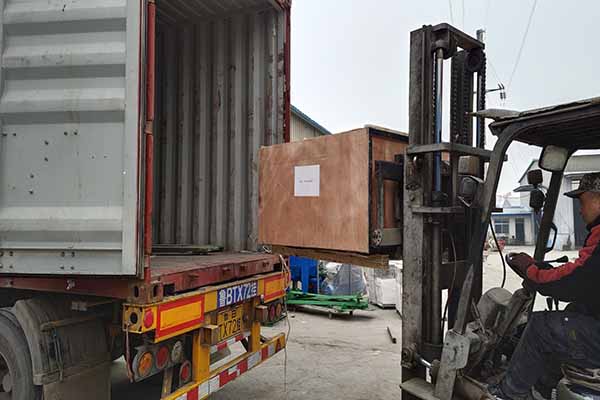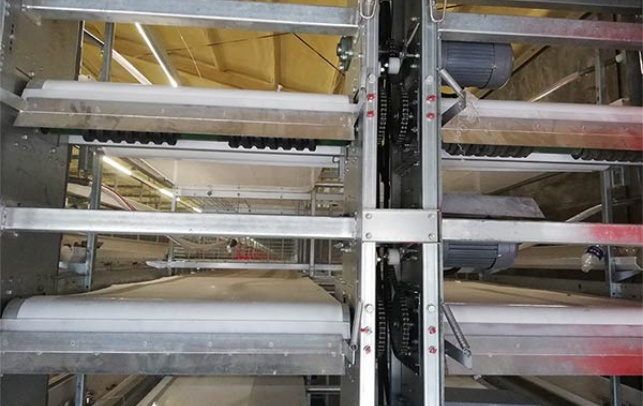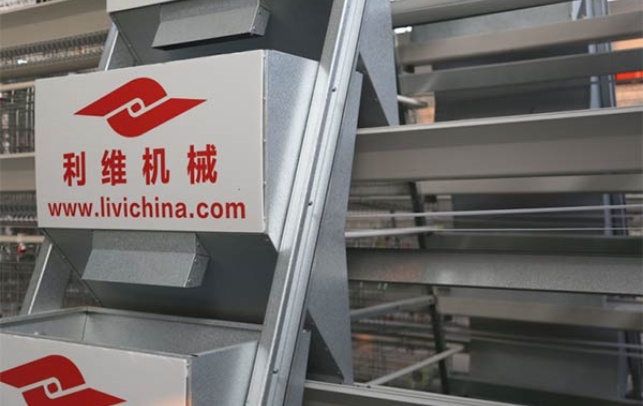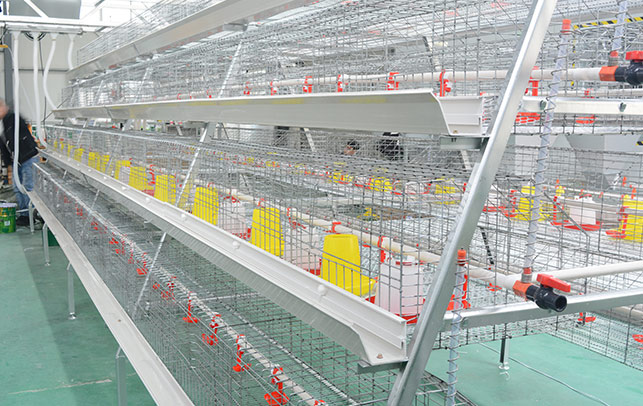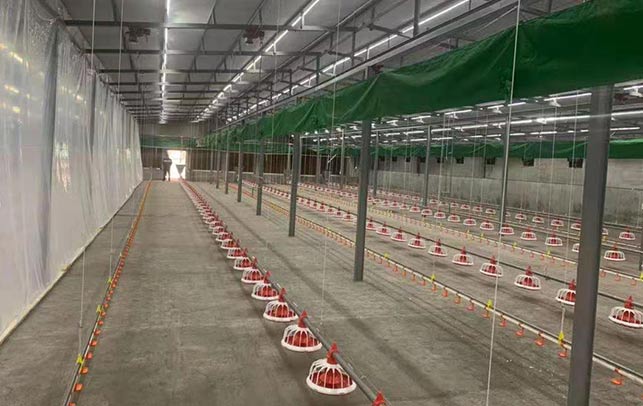Complete Guide to Building a Poultry Farm
Time : 2025-06-25
Building a poultry farm is a significant venture that requires careful planning, execution, and management. Whether you are starting a small-scale farm for personal consumption or setting up a commercial operation, this comprehensive guide will help you navigate through the process, from selection of the location to managing the farm efficiently. Here’s a detailed look into the various aspects of setting up a poultry farm.
Planning Your Poultry Farm
1.1 Define Your Objectives
Before jumping into construction, it is crucial to clarify your farm’s purpose. Will it be a commercial enterprise, a hobby farm, or for personal consumption? The answer to this question will influence the size, species, and equipment you will need.
1.2 Research and Choose the Right Species
The type of poultry you choose to raise can vary based on your objectives, climate, and local market demands. Common species include chickens, turkeys, ducks, and geese. Each species has specific requirements and yield different products.
1.3 Legal and Regulatory Requirements
Research local, state, and federal regulations regarding the operation of a poultry farm. This includes obtaining necessary permits, licenses, and adhering to biosecurity measures.
Site Selection and Layout
2.1 Location
Choose a location that is suitable for your poultry species. Factors to consider include climate, proximity to water sources, and accessibility. The farm should be located in a quiet area to reduce stress on the birds.
2.2 Zoning Regulations
Check local zoning laws to ensure that your farm complies with regulations and doesn’t violate any neighborhood covenants.
2.3 Layout
Plan the layout of your farm to ensure efficient operation. The layout should include spaces for birds, feed storage, equipment storage, manure management, and waste disposal. It is essential to maintain good biosecurity practices, separating different functions to minimize disease spread.
Constructing Your Poultry House
3.1 Building Materials and Design
The choice of materials and design will depend on the climate and the species of poultry. Commonly used materials include wood, metal, and steel. Design considerations include the roof slope, ventilation, and floor type.
3.2 Biosecurity Measures
Install barriers and biosecurity protocols to protect your birds from diseases. This includes controlled access to the poultry house and regular disinfection.
Equipment and Systems
4.1 Feeders and Waterers
Provide automatic feeders and waterers to ensure consistent access to food and water. The type of feeders and waterers will depend on the age and size of your birds.
4.2 Lighting
Lighting is crucial for the health and productivity of your poultry. Provide appropriate lighting to simulate natural daylight and control the laying cycle.
4.3 Heating and Cooling Systems
Install systems to manage temperature within the poultry house, especially for chicks or during extreme weather conditions.
4.4 Egg Collection Equipment
Implement an efficient egg collection system to maintain egg quality and reduce losses.
Managing Your Poultry Farm
5.1 Health Management
Establish a vaccination and deworming schedule to keep your birds healthy. Monitor their health regularly and be prepared to address any disease outbreaks promptly.
5.2 Nutrition and Feeding
Provide balanced nutrition to support the health and productivity of your poultry. Work with a nutritionist to create a feed program that meets your birds’ needs at each stage of life.
5.3 Manure Management
Implement an effective manure management system to handle the waste produced by your birds. Proper manure handling is critical for biosecurity and environmental compliance.
Financial Planning
6.1 Budgeting
Create a detailed budget that includes all expenses related to building, operation, and management of the farm. This includes capital investments, labor costs, feed, utilities, and marketing.
6.2 Revenue Streams
Identify potential revenue streams, such as selling eggs, meat, or feathers. Diversify income sources to increase profitability and reduce risk.
6.3 Monitoring and Adjusting
Regularly review your financial performance and make adjustments as needed. Keep records of all expenses and income to track your farm’s financial health.
Conclusion
Building and managing a poultry farm is a complex process that requires careful planning and expertise. By following this comprehensive guide, you will be better equipped to establish a successful poultry operation. Remember that continuous learning and adaptation are key to long-term success in the poultry farming industry.
